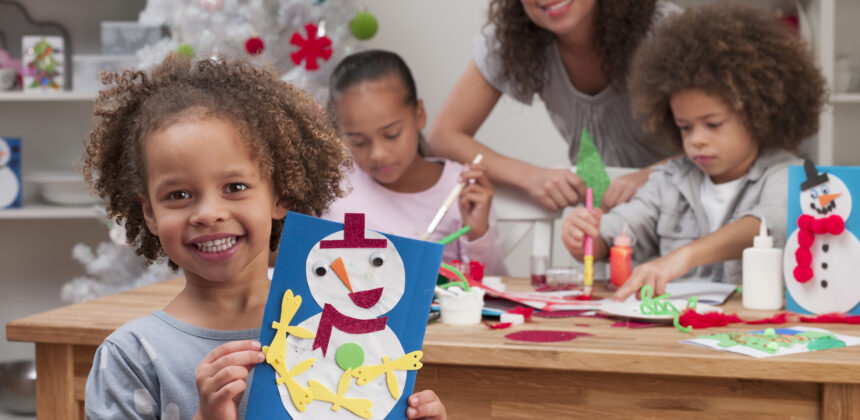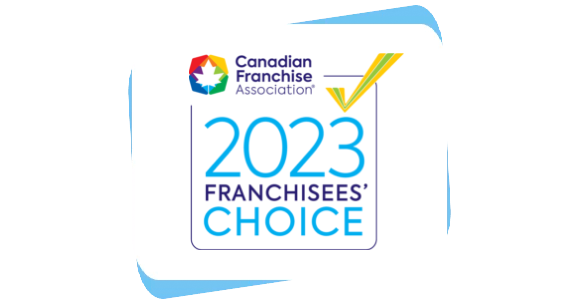Spelling skills are very important, especially for children in younger grades. Good spelling skills improve reading ability, vocabulary, and language fluency and set your child up for future educational success.
Make Spelling Practice More Engaging
Has your child’s spelling practice become dry? As important as it may be, it can be hard to motivate your child to practice spelling skills if it isn’t an engaging activity. Writing out spelling lists is repetitive (and boring!), and may not be the most effective way for your child to learn.
There are many ways to practice spelling other than simply rewriting spelling lists. Trying a variety of spelling activities with your child encourages him or her to practice different kinds of spelling strategies to use while writing.
Keep reading to learn 8 fun ways to study spelling words with your child.
8 Fun Spelling Activities For Kids (And How They Help Build Spelling Skills)
1. Play The Spelling Memory Game:
First, create flashcards that have one word per card. You can use your child’s spelling list, or create your own. Have your child pick a card, read the word aloud, and say each of the letters in the word. Then, have him or her place the card face down and write the word on a piece of paper.
This activity encourages: memory recall and spelling aloud.
2. Sound It Out:
Say a word out loud to your child, have him or her repeat it back to you, and then write out what he or she heard. For younger children, try to stick to words that are spelt as they are heard. For older children, include more complex words that are a bit more difficult to spell.
This activity encourages: identifying phonetic patterns in words and spelling words using these patterns.
3. Create A Puzzle:
Write a word on paper and cut the letters into individual pieces (refrigerator magnets work great, too). Mix up the letters and have your child spell out the word by putting the letters in the correct order.
This activity encourages: logic skills to determine the spelling of a word.
4. Try Rainbow Writing:
Have your child spell words by using a different color pen, pencil, or crayon for each letter. Then have your child spell the same words using a different color for each word.
This activity encourages: learning how letters work together to form complete words.
5. Trace, Write, And Remember:
Create three columns on a sheet of paper. Label one column ‘trace’, one ‘copy’, and one ‘remember’. Using your child’s spelling list or one you’ve created, write a list of words in the first column. Have your child trace the letters you have written, then copy them in the next column. Lastly, cover the first two columns with a sheet of paper and have your child write the word in the third column from memory.
This activity encourages: word identification and spelling memory.
6. Try Staircase Spelling:
Have your child practice writing words in a staircase pattern. Start with the first letter of the word on one line, add one more letter on the next line, and continue until the word is complete.
For example:
W
Wr
Wri
Writ
Write
This activity encourages: understanding spelling logic, especially for more complex words or words with more than two syllables.
7. Create Word Swatters:
Create a ‘word swatter’ for your child using a fly swatter or kitchen spatula. Working from a list of words, have your child look through books, magazines, and other print materials and ‘swat’ the words using the word swatter when he or she spots them. Keep track of the words your child has found by crossing them off as they are found.
This activity encourages: active reading, word identification, and spelling memory.
8. Fill In The Missing Letters:
Create a list of words on a piece of paper with blanks replacing some of the letters. Have your child work through the words, filling in letters to complete them. If your child needs help identifying the word, try drawing a simple picture next to the word, or include a ‘word bank’ at the bottom of the page.
This activity encourages: spelling logic and word identification.
Keep Your Child’s Spelling Practice Interesting
Get creative with your child’s spelling practice at home by using some of the above suggestions. Trying a variety of activities with your child will help keep him or her engaged in learning and motivated to improve his or her skills. Remember: good spelling skills translate into better reading skills!
Check out these other resources to help improve your child’s writing ability:
6 Vocabulary Building Activities For Kids
Building Better Writing Skills: Tips For Students Of All Ages







